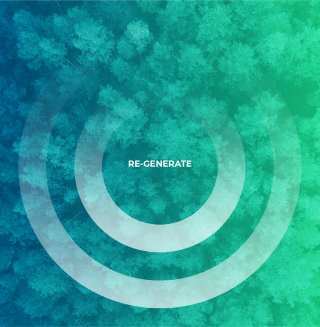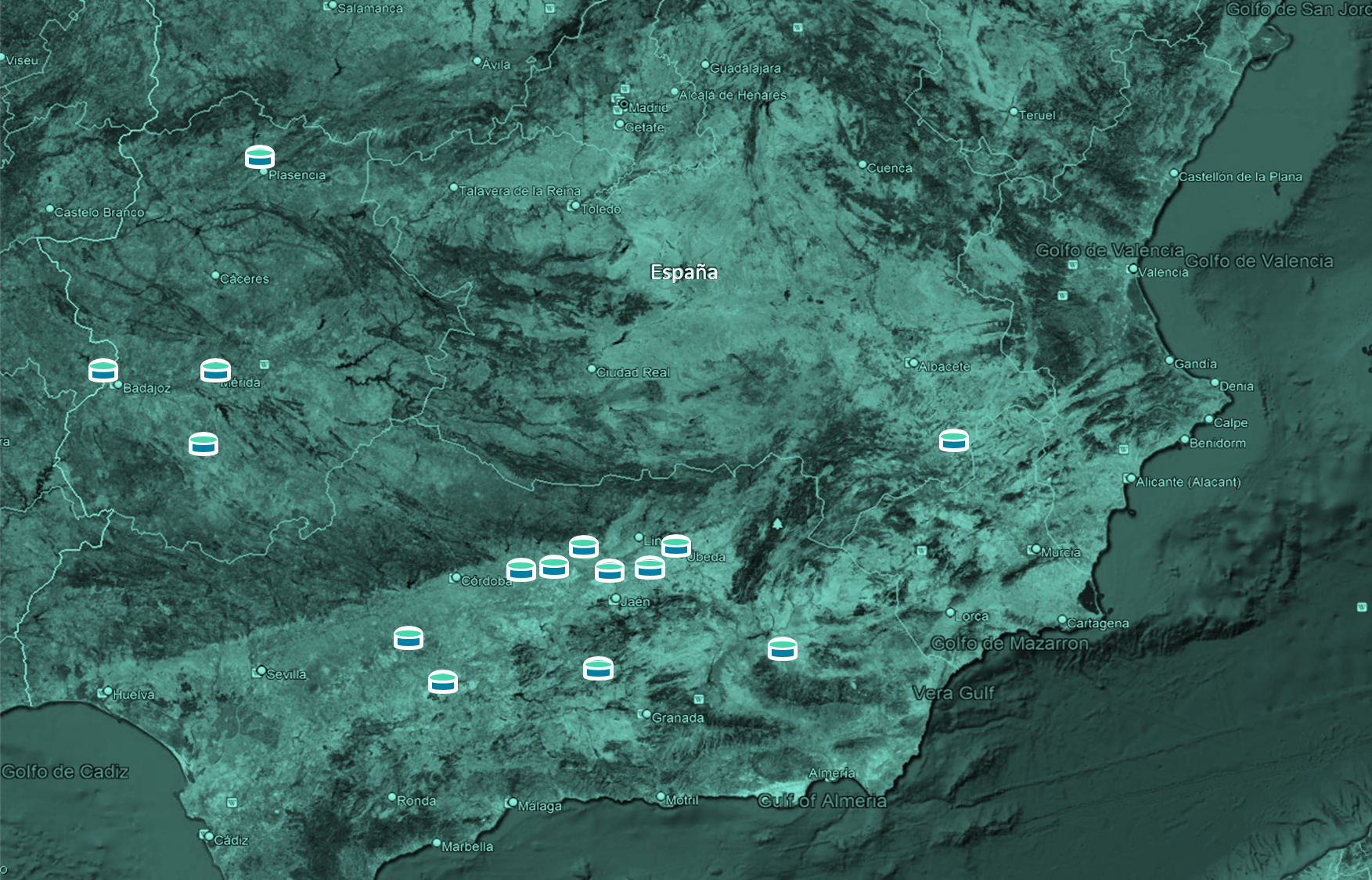CONSULTING, IMPLEMENTATION AND MAINTENANCE
Customizing solutions for waste management
Beyond the waste is the area of Aventum that focuses on the design, marketing and implementation of cutting-edge technologies, based on the circular economy, that promotes the sustainable, safe and efficient management of any type of waste.
Analysis, engineering, manufacturing, management and maintenance of plants and conversion facilities for Plasma, Biogas, Biomethane and sewage, always working closely with the best technology experts in each specialty.




PLASMA
It is a proven and safe technology that allows material and/or energy recovery to be obtained using waste.


BIOGAS AND BIOMETHANE
This is a completely renewable fuel and an excellent solution for salvaging organic waste.


SEWAGE TREATMENT
AND SLUDGE TREATMENT
The G-Tech technology for biological sewage treatment is based on a vertical reactor using biological and chemical oxidation, combined with physical attack through bacterial.
PLASMA, THE FOURTH STATE OF MATTER
Safe and irreversible waste disposal
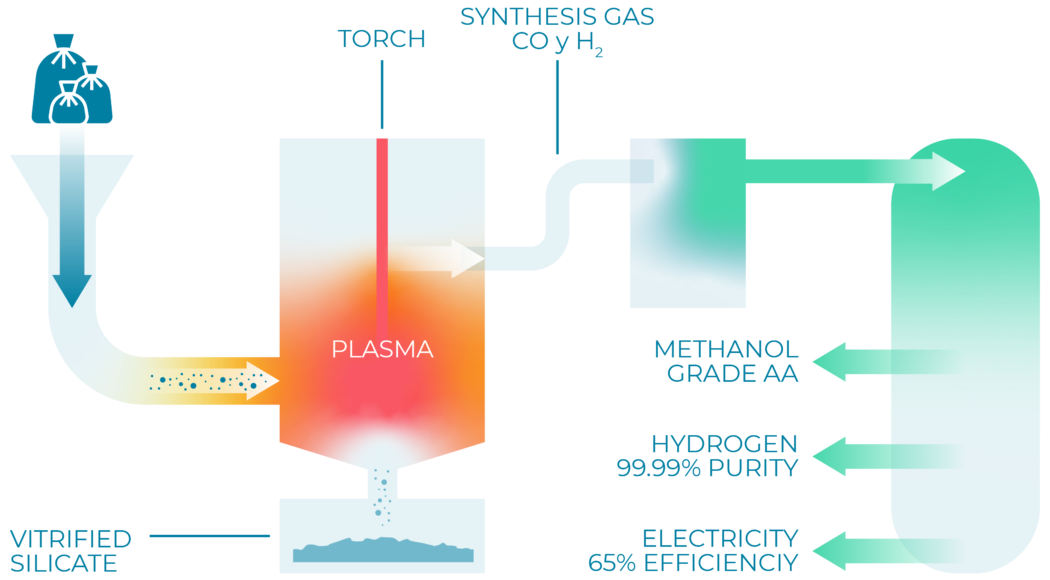
PLASMA, THE FOURTH STATE OF MATTER
Safe and irreversible waste disposal
Plasma conversion technology is based on creating of an intense energy field at more than 5,000 ºC to achieve molecular dissociation of solids, liquids or gases, meeting the most demanding environmental standards, such as the EU Framework Directive on Waste. NOur technology partner Phoenix Solutions Company (PSC) is the world's leading plasma torch manufacturer, with more than 65 treatment plants worldwide.
Reduces CO2 emissions by 400% compared to incineration while producing zero ash.
Modular, scalable plants can be constructed to handle upwards of 3 tons of waste material.
Additional savings come from limiting waste transportation to short distances.
BIOGAS
A completely ecological fuel
Biogas is a natural gaseous fuel obtained by anaerobic digestion, after a process of organic matter decomposition. This is then converted into electricity and thermal energy by cogeneration plants.
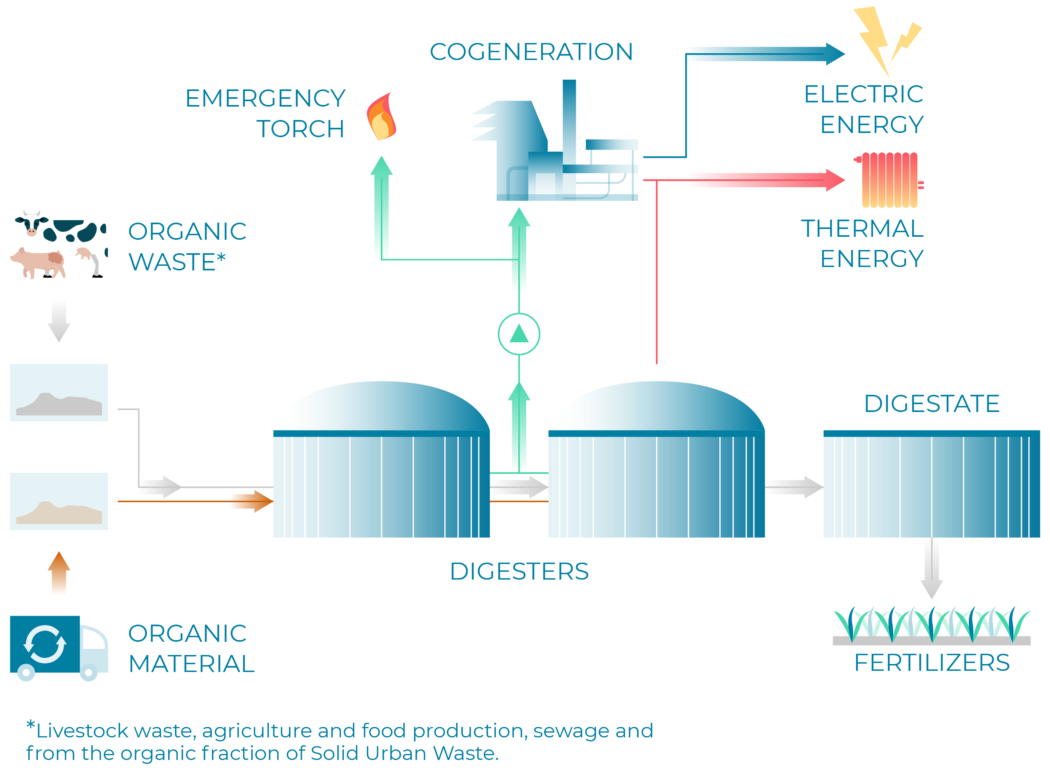

Biogas is a natural gaseous fuel obtained by anaerobic digestion, after a process of organic matter decomposition. This is then converted into electricity and thermal energy by cogeneration plants.
In cooperation with our European partners we manufacture, design, manage and maintain biogas and biomethane plants.
Our technology partners have been leading companies in the renewable energy market for decades.
They have manufactured and installed more than 500 plants on 4 continents
BIOMETHANE
A renewable energy for energy independence
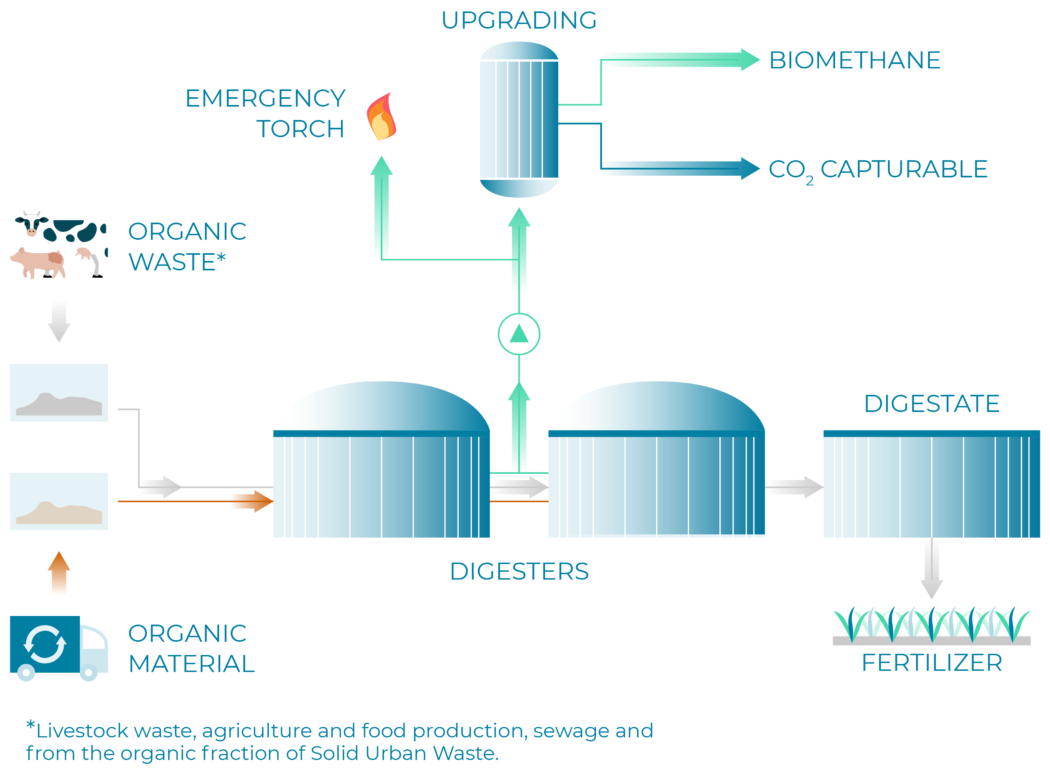

BIOMETHANE
A renewable energy for energy independence
Biomethane is a natural and renewable gas, derived from the biogas improvement process (upgrading), based on Membrane technology and alternatively on PSA (Pressure Swing Adsorption) and Chemical Washing technology. It is used to feed the existing network, as a substitute for natural gas, and vehicles, as fuel.
This technology contributes to promoting the local and circular economy, increasing sustainable mobility, supporting the environment and achieving the country's energy independence through the use of renewable energy sources.
At the end of the decomposition process, a key by-product called digestate (or “digested sludge”) is produced. This contains nitrogen, phosphorus, potassium, calcium and other elements and is used as a fertilizer or soil improver.




+500
biogas and biomethane plants
+65
plasma conversion plants around the world
+20

Biomethanization project under development in Spain
FREQUENT QUESTIONS
FREQUENT QUESTIONS
Beyond The Waste
Biogas is a natural gaseous fuel. It is obtained by anaerobic digestion, as a product of the fermentation of substances of organic origin, both animal and vegetable, by means of bacteria, inside special digesters.
It is transformed into electricity and thermal energy, through cogeneration plants, or into Biomethane in Biogas improvement plants that are used directly to replace fossil methane.
In a plasma conversion treatment plant, all types of waste can be treated, from MSW (Municipal Solid Waste) to hospital and hazardous waste. Each installation is designed and built for the conversion of a specific type of waste, and the subsequent application of the synthesis gas (methanol, hydrogen and electricity).
Biogas is a natural gaseous fuel. It is obtained by anaerobic digestion, as a product of the fermentation of substances of organic origin, both animal and vegetable, by means of bacteria, inside special digesters.
It is transformed into electricity and thermal energy, through cogeneration plants, or into Biomethane in Biogas improvement plants that are used directly to replace fossil methane.
In a plasma conversion treatment plant, all types of waste can be treated, from MSW (Municipal Solid Waste) to hospital and hazardous waste. Each installation is designed and built for the conversion of a specific type of waste, and the subsequent application of the synthesis gas (methanol, hydrogen and electricity).
The G-Tech technology for biological wastewater treatment is based on a Vertical Reactor with biological oxidation and physical attack with Lysis of bacteria. The treated water is sanitized before discharge.
The Plasma Conversion System is a safe and closed system, without any type of negative impact on the environment and that helps to remedy the growing problem of waste.
• It is designed to avoid any kind of emissions or discharges.
• Depending on the volume and composition of the waste to be processed, the recovery of syngas can be configured to produce:
– Electric energy from hydrogen.
– Chemical products such as methanol, diesel, etc.
• Contributes to sustainable development: Energy and useful products (synthesis gas and silicate) are obtained from resources such as waste.
To obtain biomethane, the biogas from organic waste undergoes a cleaning process called upgrading. By doing so, different impurities such as CO2 are eliminated. Biomethane is a gas with a composition similar to that of natural gas and can therefore be injected into the gas pipeline network.
The Plasma Conversion System is a safe and closed system, without any type of negative impact on the environment and that helps to remedy the growing problem of waste.
• It is designed to avoid any kind of emissions or discharges.
• Depending on the volume and composition of the waste to be processed, the recovery of syngas can be configured to produce:
– Electric energy from hydrogen.
– Chemical products such as methanol, diesel, etc.
• Contributes to sustainable development: Energy and useful products (synthesis gas and silicate) are obtained from resources such as waste.

